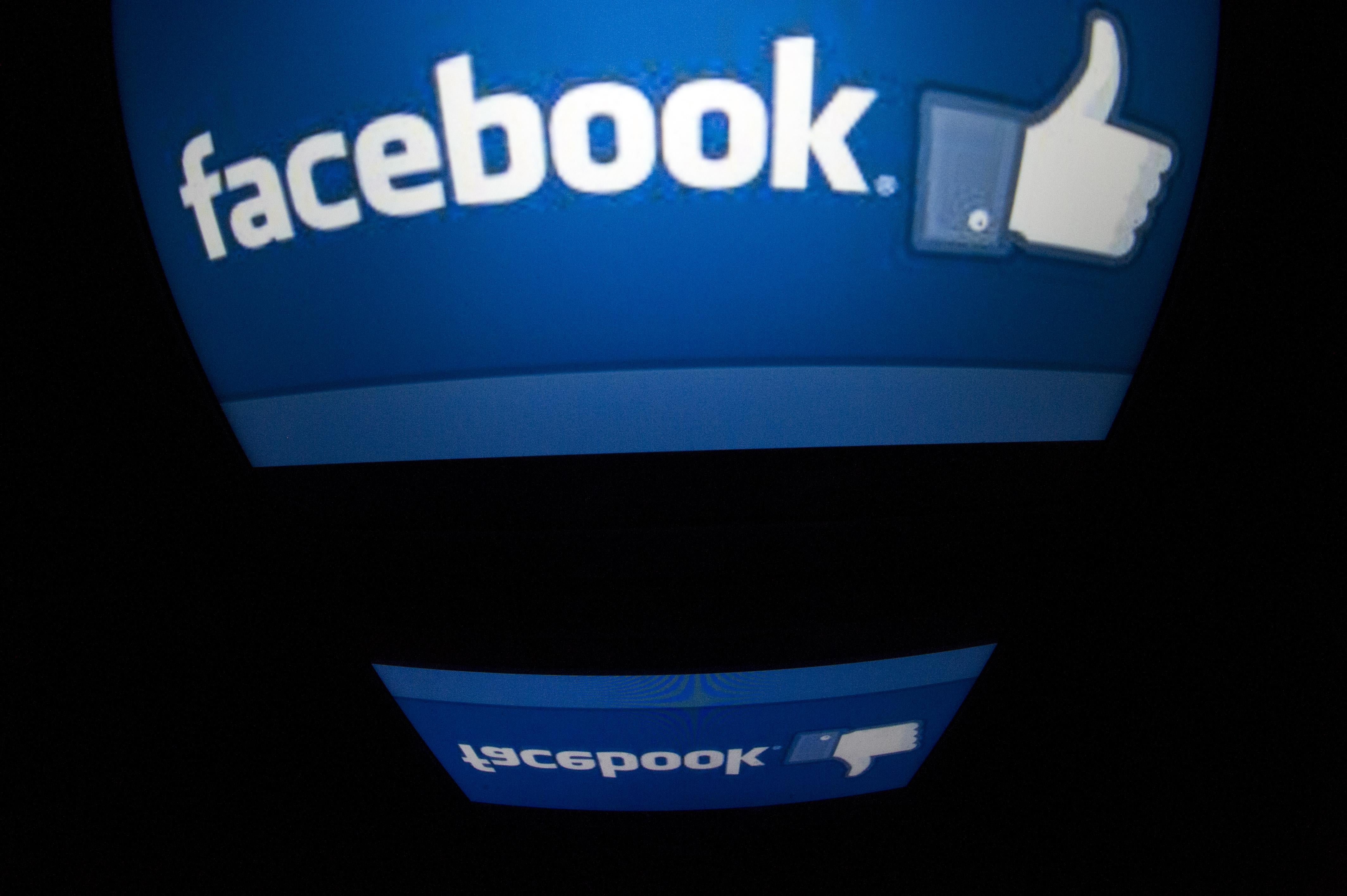This post originally appeared in Business Insider.
In December, Facebook changed the way it selects the stories and updates you see in the News Feed, that center column of updates, photos, videos, and links you see when you go to Facebook.com or open a Facebook app. In a blog post, Facebook said its new algorithm would favor “high quality” stories over “memes.”
But far beyond publishers of “high quality” or “meme” content, the change had a very wide, negative impact on lots of companies and professionals. Over the past half dozen years or so—since the News Feed became a thing—all kinds of people have built businesses and careers around getting attention in the News Feed.
• There are online stores big and small with big Facebook “Fan Pages” that use the News Feed update their “fans” about new products.
• The are “social media marketers”—consultancies, small firms, and big agencies—that work with brands to develop “authentic” voices in order to reach lots of Facebook users through the News Feed.
• And there are individuals—authors, musicians, and the like—who use the Facebook News Feed to promote their work.
For all these people, Facebook’s December change made it so that when they posted to Facebook through their fan pages, a shockingly small amount of their “fans” actually saw their post. Cookbook author Stephanie Stiavetti said that when she posts now, only 100 or so her 8,000 fans see her updates.
A week or so after Facebook made its changes, one social media marketing agency, Ignite, analyzed 689 posts from 21 brand pages. Ignite found that in just one week, the number of people who saw posts from those brands declined by 44 percent on average, “with some pages seeing declines as high as 88 percent.”
A source from one retailer told us that her company’s “reach” on Facebook declined 40 percent to 50 percent after the change. Another source from a different online retailer said that since Facebook’s change, her company’s posts are getting seen by an 80 percent smaller audience.
For these people, Facebook’s small December tweak was a doozy. But speaking with several of those effected by it, something else became clear. The December algorithm change was only the latest in a series that has made it harder for all these people to reach their customers, for free, through Facebook.
Obviously, Facebook is—and has been, for years now—trying to change the way these businesses and individuals think about using the News Feed. But what is it trying to say? The anguish of people like Stiavetti, who wrote a widely-read, angry blog post about the December change, indicates that the message from Facebook has not been clear.
To find out what message Facebook is trying to get across, I spoke to a source familiar with Facebook’s News Feed plans, who, on the condition of anonymity, gave me a very candid explanation. Here is what I learned from that conversation:
• Two years ago, no one really got their news from Facebook. Now, they do. Every publisher on the planet from CNN to Buzzfeed to the New York Times is producing content they hope readers will find and share through the Facebook News Feed.
• So now there’s just a lot more content going into the News Feed and it all competes. Facebook’s struggle is figuring out how to get the right stories to the top.
• Facebook’s guiding principle is that the News Feed should be full of stuff Facebook users want to see.
• Facebook has changed its mind about brands. It has decided that users do not really want to see a News Feed full of updates from brands—Tide, Dove, Pampers, Nyquil, etc.
• If you run a brand and News Feed is a main marketing channel for you, then you need to buy guaranteed reach from Facebook: ads.
• Many brand managers, online store owners, and individuals trying to market themselves have always been plagued by a misperception that the number of fans you have is the number of people who will see what you write. This has probably never been true. Get it out of your head.
• Facebook could make it so the News Feed scrolls faster, therefore making sure more content gets to flow through the channel and increasing reach (if not engagement) for everyone. Facebook is not going to to do this. Internal data shows that when Facebook speeds up the News Feed, user engagement with it goes down.
• Facebook believes random stuff in the News Feed sucks.
• Facebook has decided it is better to show old “important” news instead of the latest update. For example, news that a friend had a baby, even if the news was posted two days ago, will get priority over any brand’s update if you haven’t seen it yet.
• Facebook is aware that there is a cottage industry built around helping brands reach fans for free through the News Feed. Facebook’s view is that these people were arbitraging its system, and it’s not going to allow that anymore. It expects consolidation similar to what happened in the search engine optimization industry.
• People like the cook book author, Stephanie Stiavetti, have to deal with a new reality. They were once the only professional publishers on Facebook. Now, huge publishers that spend millions of dollars on content production are her competitors News Feed real estate. Stiavetti’s recipes and photos are competing with clips from Top Chef, and losing.
See also: 7 Cool Things You Didn’t Know You Could Do on Facebook
